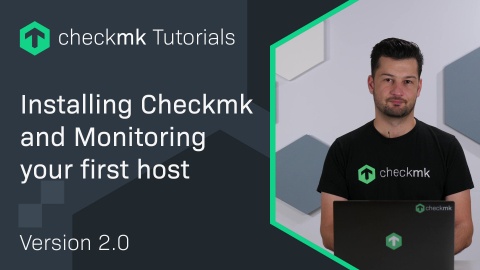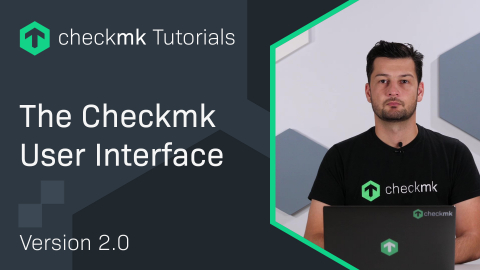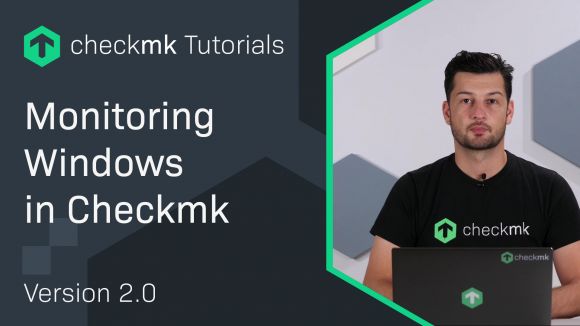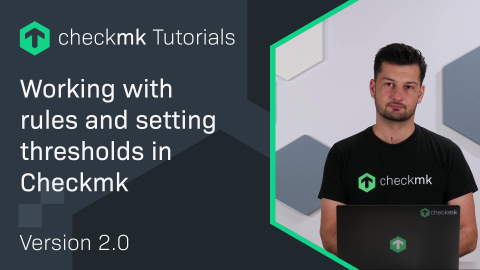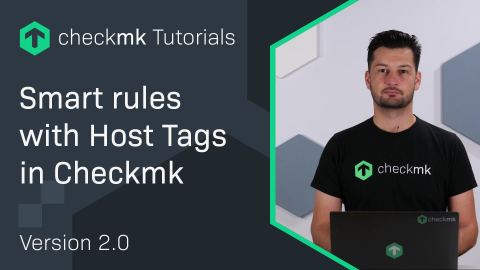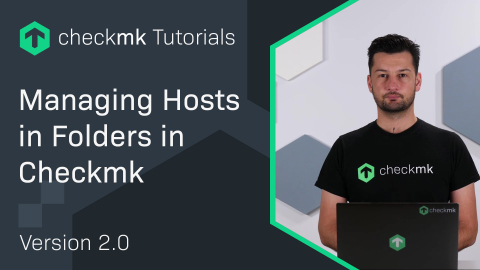Introduction to Synthetic Monitoring
| [0:00:00] | Welcome to the Checkmk YouTube channel. In this series of seven videos, we follow a real-world journey into Synthetic Monitoring with Checkmk. |
| [0:00:10] | You will learn how to execute real user actions on a web application using the open source testing tool Robot Framework, and connect those tests to Checkmk with Robotmk. |
| [0:00:22] | From typing into forms to verifying content in the UI, we will turn a user journey into monitored services. |
| [0:00:31] | And here is what we will build. The robot submits a message to a web form and receives the ID of the submitted data. |
| [0:00:39] | It then checks whether this exact message can be found in the destination mailbox. |
| [0:00:45] | Then we configure the Robotmk scheduler to run with the Checkmk agent on our test host. The scheduler will run the tests in regular intervals. |
| [0:00:56] | The Robotmk agent plugin collects the most recent results of the submission to Checkmk. Checkmk will discover a new service for each test case. |
| [0:01:17] | But let's start from the beginning. This is Bob. |
| [0:01:21] | Bob works in IT for a supermarket chain, and one of his responsibilities is to make sure that the online customer complaint portal is always up and running. |
| [0:01:31] | This is where all the angry messages go to. Normally, every message ends up directly in the service inbox — until it wasn't. |
| [0:01:41] | Because lately, Bob has been hearing complaints about the complaints system. |
| [0:01:46] | Customers say: “I sent a message, but nobody ever replied.” And Bob checks: the form loads properly. |
| [0:01:54] | Messages he enters are immediately appearing in the backend. The Checkmk monitoring shows that the server is okay. |
| [0:02:01] | Even the HTTP and web server checks are okay, but still something is wrong. |
| [0:02:07] | Week after week, feedback about unanswered customer messages. Bob's team leader is getting angry: |
| [0:02:13] | “This has the highest priority.” Bob thinks about it. |
| [0:02:17] | “I cannot keep testing the form manually. If only I could do it automatically.” |
| [0:02:23] | Of course, he knows that this could be solved in a scripting language like Python, but he has no deep scripting experience. |
| [0:02:32] | He's afraid of getting down into a rabbit hole. And luckily, at a meetup, he hears about Robot Framework. |
| [0:02:39] | He watches the speaker developing a web-based test. Bob gets curious. |
| [0:02:45] | He learns that such tests can be integrated with Robotmk into Checkmk, his monitoring system. |
| [0:02:53] | Robotmk is a powerful bridge that lets him integrate these tests into Checkmk. |
| [0:03:00] | Back at the office, Bob immediately sits down at his computer and gets started. And he is certain: “I can do this too.” |
| [0:03:11] | In this tutorial series, we help Bob to develop all these steps, and you can join us. To follow along, you will need: a Checkmk instance with version 2.3 minimum, |
| [0:03:24] | a Windows or Linux test host with VS Code installed, and a bit of curiosity for a really smart monitoring solution. |
| [0:03:34] | Have you ever had a green Checkmk, but users still complaining? Share your story in the comments below! |
| [0:03:41] | We would like to collect such “Bob moments” from real life. |
| [0:03:46] | So get your system ready right away. And in the next video, we will jump right in with setting up the Robot Framework on your test host. |
| [0:03:56] | Let's make your monitoring smarter together. See you! |
Interested in learning more? Register for a dedicated Synthetic Monitoring training course.
